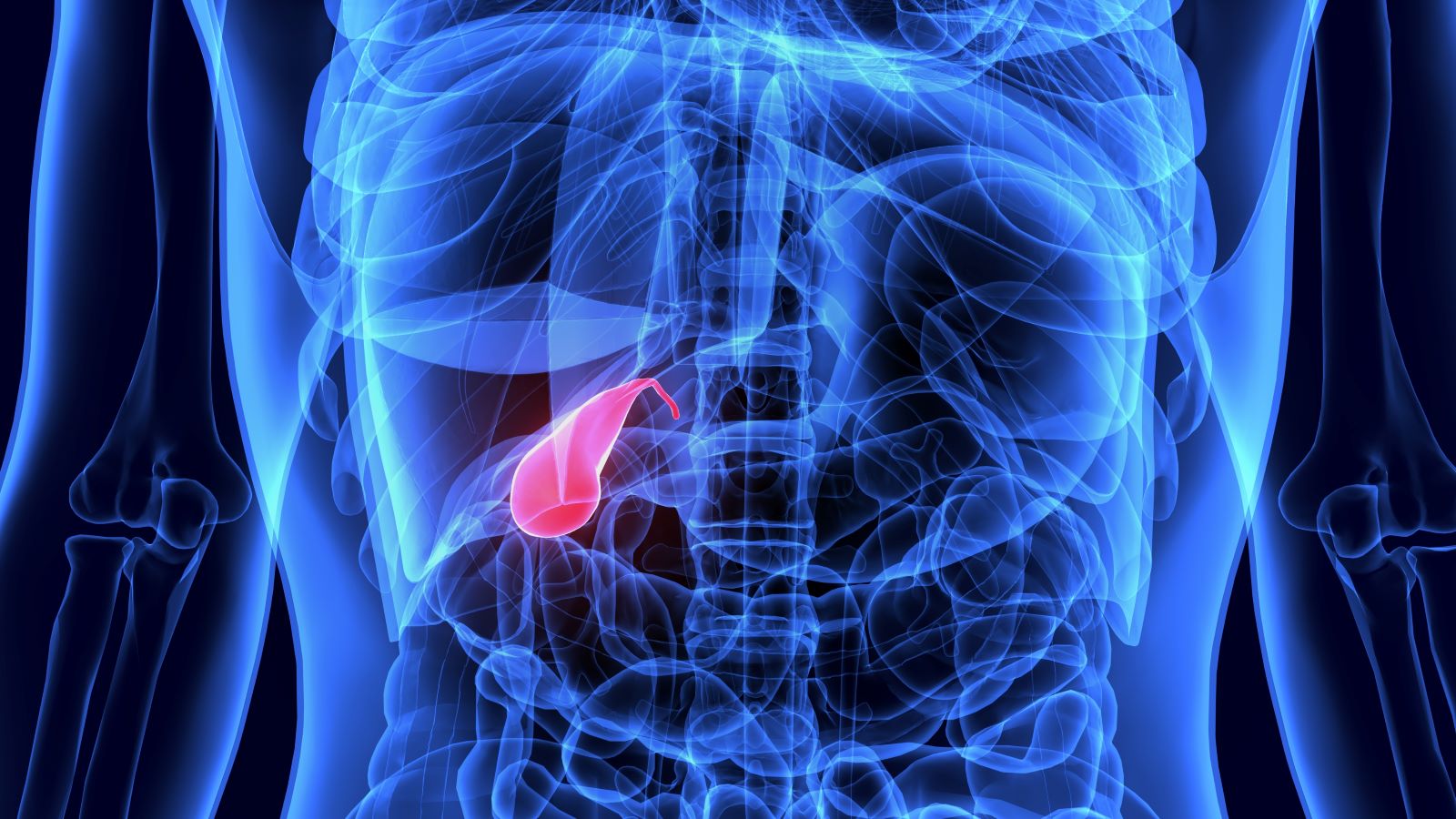<< Back
Gallbladder: You Can Live With It, Or Without It

September 11, 2023
The gallbladder is an interesting organ in your body. When you have one, it is an integral part of your digestive system. But if you don’t have one, that’s OK too.
We asked general surgeon Artem Dyatlov, MD, of Hartford HealthCare’s Digestive Health Institute, to explain.
“The gallbladder is like a container,” he says, “for the storage of bile that is produced by your liver. The liver produces bile, which are digestive juices, 24/7. But you only need it when you ingest food. So in between your food intake, the bile goes to the gallbladder. When there is food in your intestine, it signals the gallbladder that it needs bile, and the gallbladder squeezes it out. Depending on the type of food, it may send a little or a lot.”
Dr. Dyatlov is giving a free webinar on Monday, Sept. 18 entitled “Gallbladder Disease: A Common Problem Explained in a Simple Way” that explains the different types of gallbladder disease, the signs, symptoms, and possible complications, and the treatment options available. A live Q&A follows the presentation.
When your gallbladder causes problems
Sometimes, the gallbladder causes problems. Gallstones can develop. These are small, hard pieces of material, usually made of cholesterol or bilirubin. If they block your bile duct, that causes pain.
“The pain is typically in the upper abdomen, often on the right side, although it can travel all the way to the back, to between the shoulder blades,” Dr. Dyatlov says. “You can also experience nausea, vomiting, fever, and chills. It can start 15 to 30 minutes after you have eaten.”
Dr. Dyatlov says symptoms can be mitigated, but there is no “cure” for gallstones other than removal of the gallbladder. If left untreated, it can result in complications including bile duct inflammation and infection, pancreatitis or cholecystitis (an inflammation of gallbladder).
If your gallbladder is removed, it can take a few weeks for your body to adjust to the change. The difference is that instead of receiving bile on an as-needed basis, without the gallbladder the intestines will receive a steady flow of bile. This can cause diarrhea in 10-15% of patients but it typically resolves in a few weeks.